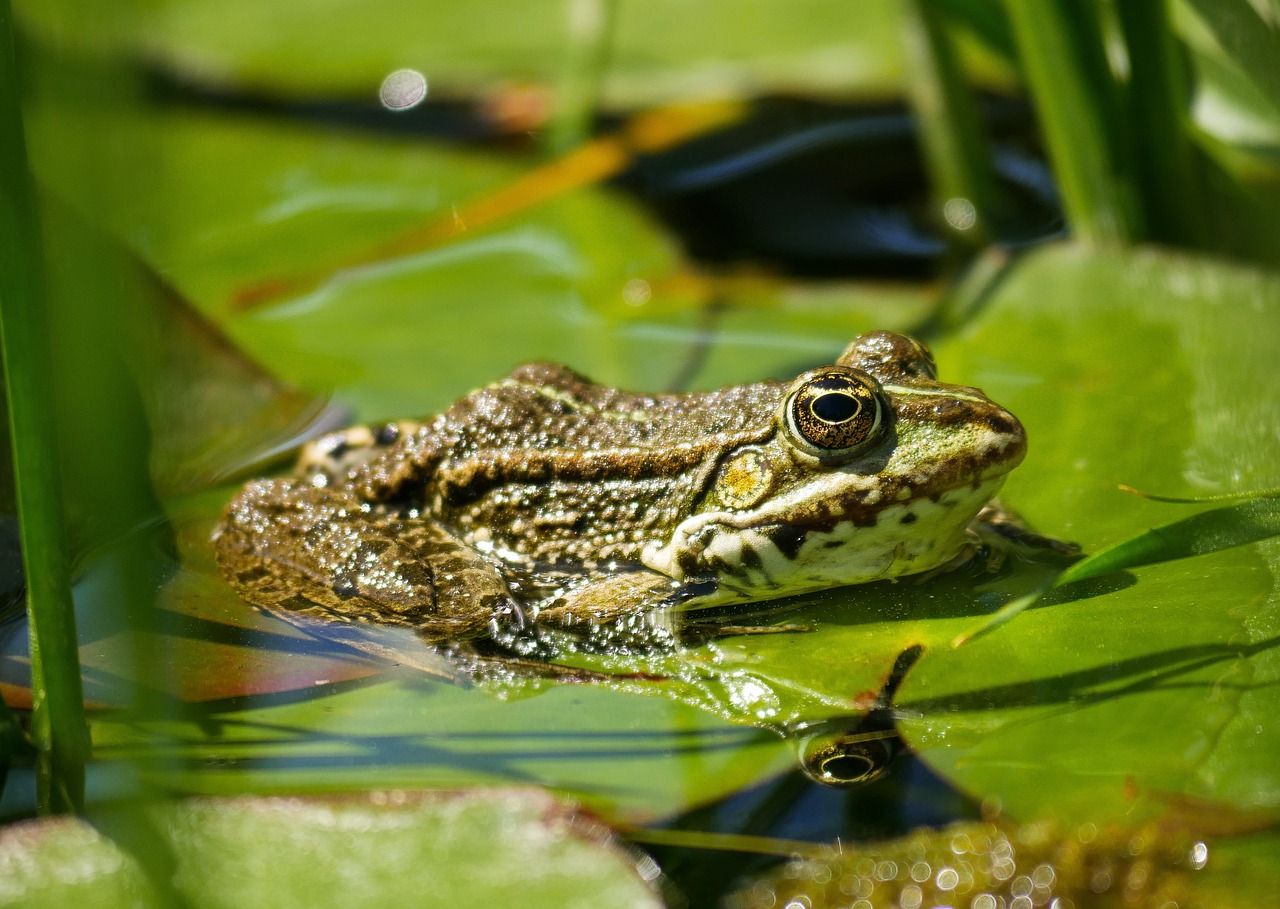Frogs survive without food during the winter through a process called hibernation.
In cold climates, when temperatures drop, frogs enter a state of dormancy to conserve energy and stay alive. They burrow into mud or hide in places like underwater vegetation.
During hibernation, their metabolic rate decreases significantly, allowing them to go without food for extended periods.
They primarily rely on stored energy reserves in their bodies. Additionally, their respiration slows down, and they can absorb oxygen through their skin.
When the weather warms up, they become active again and resume their normal feeding behavior.
1. Preparation: As the temperatures start to drop in the fall, frogs sense these changes and begin to prepare for hibernation. They may become less active and start seeking suitable hibernation sites.
2. Choice of Hibernation Site: Frogs typically choose hibernation sites that offer protection from extreme cold and desiccation. Common hibernation sites include burrows in the ground, under leaf litter, in mud at the bottom of ponds or streams, or even in tree holes. These sites provide insulation and moisture.
3. Metabolic Slowdown: During hibernation, a frog’s metabolic rate decreases significantly. Metabolism is the set of chemical processes that occur within an organism to maintain life. This slowdown helps frogs conserve energy, which is crucial when they’re not consuming food. Their heart rate and respiration rate drop dramatically.
4. Energy Reserves: Before entering hibernation, frogs build up energy reserves by feeding on insects and other prey. This stored energy, often in the form of fat, sustains them throughout the winter. Frogs may reabsorb their own tissues, particularly the lining of the gut, to provide additional nutrients during hibernation.
5. Oxygen Exchange: While hibernating, frogs still require oxygen, albeit in reduced amounts. They are able to absorb oxygen through their skin, as their lung activity decreases. This is possible because their skin is thin and permeable. In some cases, they may have special adaptations, like increased skin capillaries, to facilitate this gas exchange.
6. Dehydration Prevention: Frogs can lose water through their skin during hibernation, and this can be deadly if it leads to excessive dehydration. To combat this, they might secrete a mucus or undergo physiological changes that minimize water loss.
7. Resuming Activity: When the weather warms up in the spring, frogs become more active. Their metabolic rate increases, and they start seeking food once again. They may emerge from their hibernation sites and return to their usual habitats, such as ponds or wetlands, to breed and feed.




